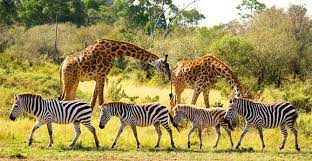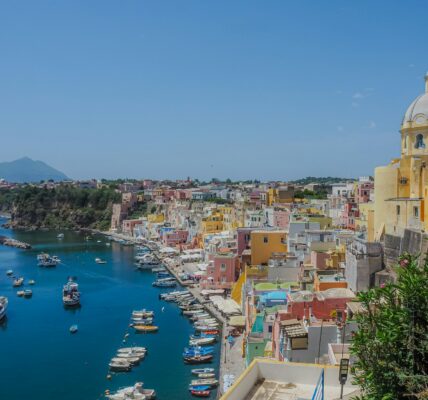Wildlife is a broad term that refers to all the non-domesticated animals and plants that live in a particular area. It includes a wide variety of species, from large mammals to small insects. Wildlife plays an important role in the environment, helping to maintain ecosystems and providing food and shelter for other animals.
India is home to a very diverse range of wildlife, with over 500 species of mammals, 2,100 species of birds, and about 20,000 species of reptiles and fishes. Some of the most iconic wildlife species in India include:
- The Bengal tiger: The Bengal tiger is the national animal of India and is one of the most endangered big cats in the world. There are only an estimated 2,500 Bengal tigers left in the wild. Bengal Tiger Wildlife India
- The Indian elephant: The Indian elephant is the largest land mammal in Asia and is an important part of many cultures in India. There are an estimated 27,000 Indian elephants left in the wild. Indian Elephant Wildlife India
- The rhinoceros: There are three species of rhinoceros found in India: the greater one-horned rhinoceros, the Indian rhinoceros, and the Sumatran rhinoceros. All three species are endangered. chevron_rightgreater one-horned rhinoceros wildlife India
- The snow leopard: The snow leopard is a rare and elusive cat that is found in the high mountains of the Himalayas. There are an estimated 4,000-6,000 snow leopards left in the wild. Snow Leopard Wildlife India
- The lion-tailed macaque: The lion-tailed macaque is a monkey that is found in the Western Ghats of India. It is the only monkey in the world with a mane. coque wildlife India
- The red panda: The red panda is a small mammal that is found in the Eastern Himalayas and the Western Ghats of India. It is related to the giant panda, but it is much smaller. Inred Panda Wildlife India
These are just a few of the many amazing wildlife species that can be found in India. Wildlife is a precious resource that needs to be protected. We all have a responsibility to do our part to conserve wildlife and ensure that future generations can enjoy it as well.
Here are some of the threats to wildlife in India:
- Deforestation: Deforestation is the clearing of forests for agricultural land, development projects, and timber. It destroys the natural habitats of many wildlife species and makes it difficult for them to survive.
- Poaching: Poaching is the illegal killing of wild animals for their meat, fur, bones, and other products. It is a major threat to many endangered species in India.
- Climate change: Climate change is causing changes in the environment that are making it difficult for some wildlife species to survive. For example, rising temperatures are causing glaciers to melt, which is destroying the habitats of snow leopards and other high-altitude animals.
- Pollution: Pollution from factories, vehicles, and other sources is harming wildlife in many ways. It can contaminate water and food sources, making it difficult for animals to find what they need to survive. It can also damage their habitats and make it difficult for them to reproduce.
There are many things that can be done to conserve wildlife in India. Some of these include:
- Protecting habitats: Governments and conservation organizations are working to protect the habitats of endangered wildlife species. This includes setting aside land as national parks and wildlife sanctuaries and enforcing laws that protect forests from being cleared.
- Combating poaching: Poaching is a serious crime, and it is important to crack down on it. Governments and conservation organizations are working to increase law enforcement and to raise awareness of the problem of poaching.
- Educating the public: Education is key to changing people’s attitudes towards wildlife and to encouraging them to take action to protect it. Conservation organizations are working to educate people about the importance of wildlife and the threats that it faces.
- Finding sustainable solutions: It is important to find sustainable solutions to the problems that are threatening wildlife. This includes finding ways to reduce deforestation, to combat poaching, and to mitigate the effects of climate change.
Wildlife is a precious resource that we all share. It is important to do our part to protect it so that future generations can enjoy it as well.








